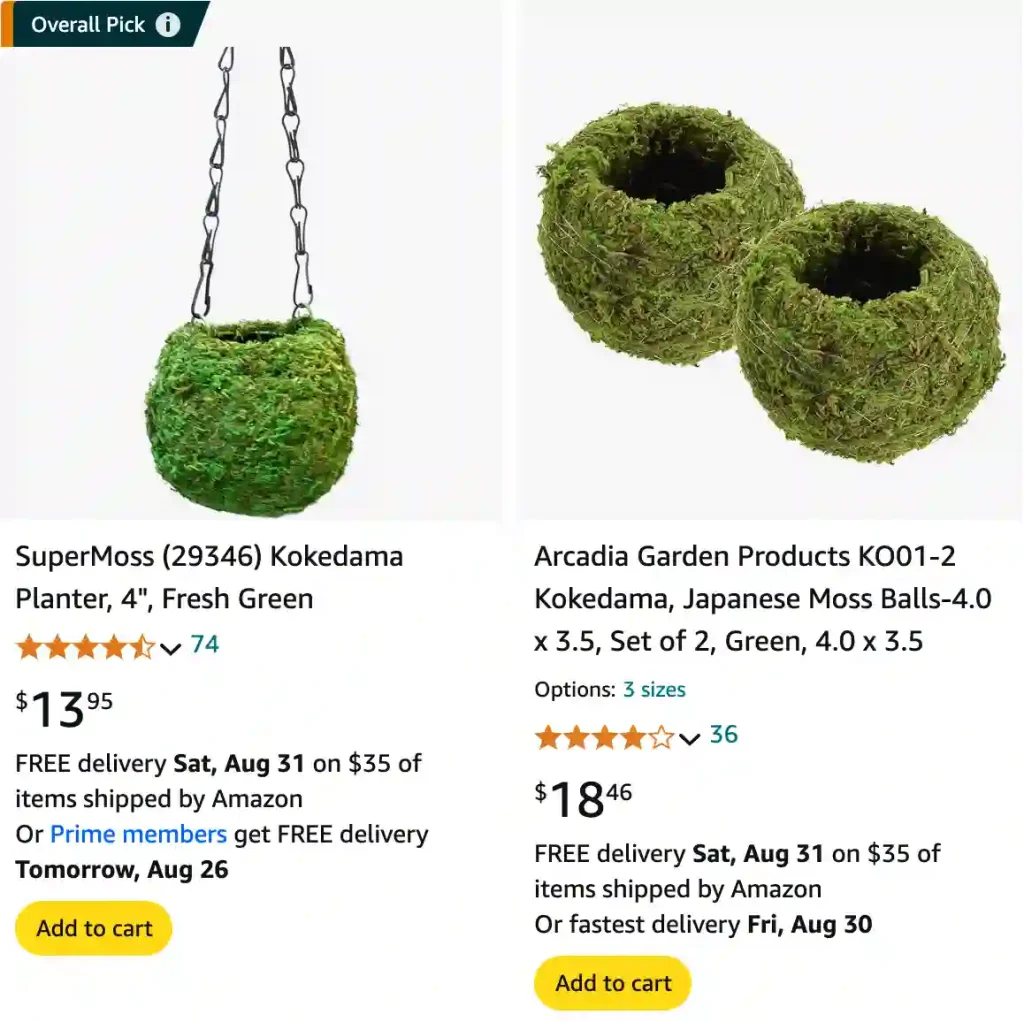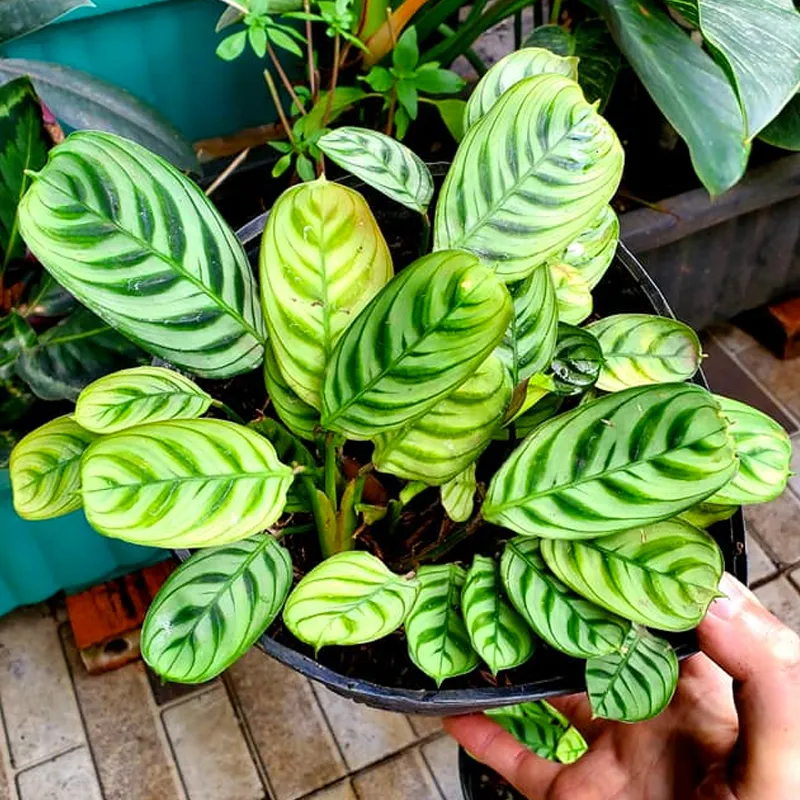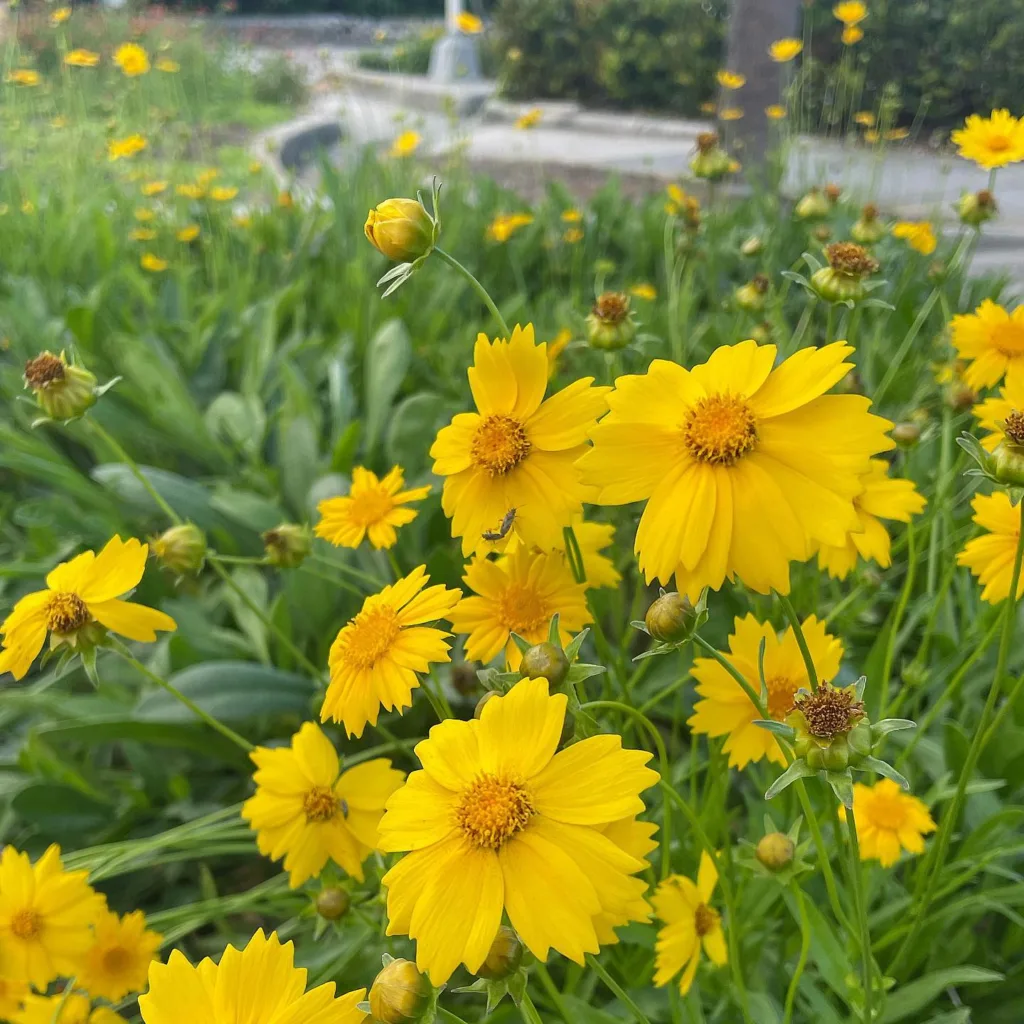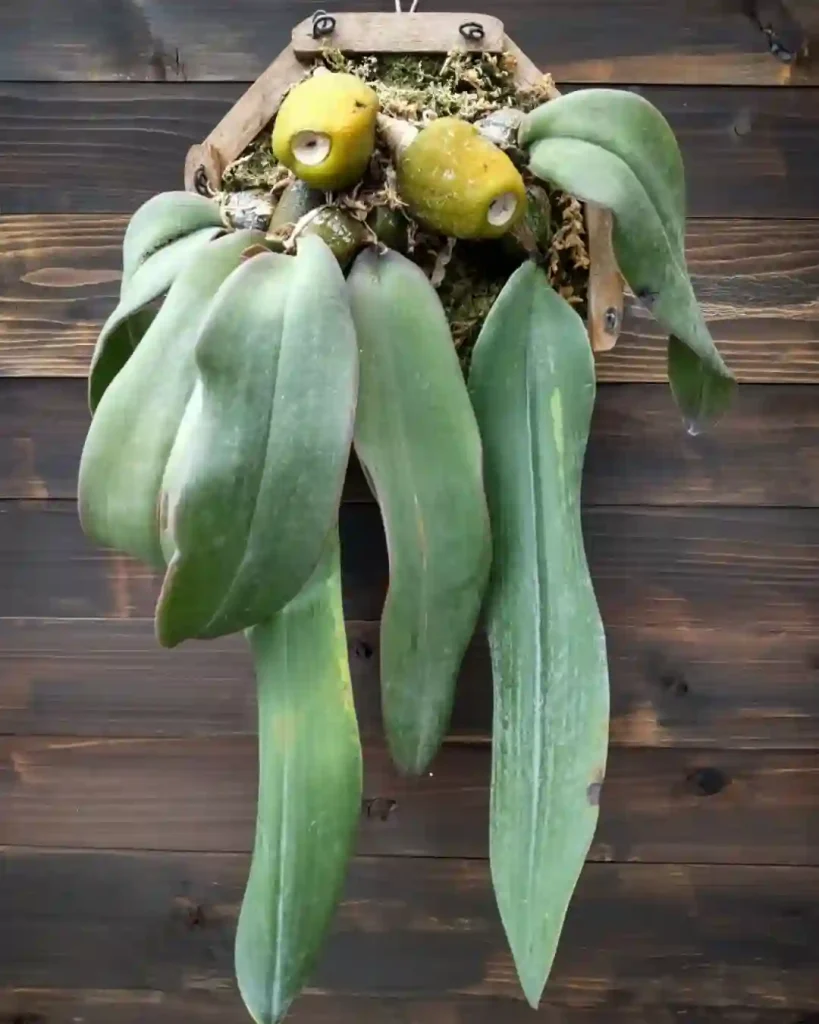
FAQs About Kokedama: Everything You Need to Know
As a plant enthusiast, I’ve always been fascinated by unique and artistic ways to display plants. One of the most intriguing methods I’ve come across is Kokedama. This Japanese technique not only provides a striking aesthetic but also connects us with the ancient traditions of horticulture. If you’re curious about Kokedama, you’re in the right place. Here’s a detailed guide based on my experiences and insights into this fascinating plant art.
What Is Kokedama?
Kokedama, often referred to as “moss balls,” is a Japanese word meaning “moss ball.” It involves creating a spherical shape of soil and roots wrapped in moss. The concept is simple but elegant: a plant’s roots are encased in a ball of soil, which is then covered with moss. This method allows for a variety of display options, from hanging arrangements to table centerpieces. The beauty of Kokedama lies in its minimalistic yet captivating presentation, offering a unique way to showcase plants.
How to Make Kokedama?
Creating your own Kokedama is a rewarding DIY project. Here’s a step-by-step guide based on my experience:
- Choose Your Plant: Start with a plant that has a compact root system. Ferns, succulents, and small houseplants work best.
- Prepare the Soil Mixture: Combine equal parts of potting soil, peat moss, and clay (like akadama or bonsai soil). This mixture holds moisture well and provides the necessary nutrients.
- Form the Soil Ball: Moisten the soil mixture and mold it around the plant’s root system, shaping it into a ball. Make sure the roots are well-covered.
- Wrap with Moss: Soak the moss in water, then wrap it around the soil ball. Use string or wire to secure it in place.
- Secure the Moss: To keep the moss in place, you can use twine or decorative wire.
How to Water Kokedama?
Watering Kokedama requires a bit of finesse. Here’s what I’ve found works best:
- Soak the Ball: Place the Kokedama in a bowl of water and let it soak until the soil ball is thoroughly saturated. This usually takes about 15 minutes.
- Drain Excess Water: Allow the Kokedama to drain before placing it back in its display spot. This prevents waterlogging and potential root rot.
- Frequency: The frequency of watering depends on the plant type and environmental conditions. Typically, you should water when the soil ball feels dry to the touch.
How Long Do Kokedama Last?
Kokedama can last for several months to years with proper care. The lifespan of your Kokedama largely depends on the plant species, the environment, and how well you maintain it. Regular watering, appropriate light, and occasional re-mossing (to replace worn or dead moss) can help extend its life.
How Often Should You Water Kokedama?
The watering frequency for Kokedama varies. Here’s a general guideline:
- Check Moisture: Feel the soil ball. If it’s dry, it’s time to water. This could be every 1-2 weeks, but it depends on factors like humidity and plant type.
- Adjust as Needed: In hot or dry climates, you might need to water more frequently. Conversely, in a humid environment, reduce the frequency.
How to Hang a Kokedama?
Hanging Kokedama is one of the most beautiful ways to display it. Here’s how to do it:
- Select a Suitable Container: Use a hanging basket or macramé plant hanger. Ensure it’s strong enough to hold the weight of the Kokedama.
- Secure the Moss: Attach strings or wire around the Kokedama to hang it. Make sure it’s evenly balanced.
- Hang and Adjust: Choose a location with indirect light to prevent the moss from drying out too quickly. Adjust the height to fit your space.
How to Care for Kokedama?
Caring for Kokedama involves more than just watering. Here’s a comprehensive guide:
- Light: Place Kokedama in a spot with indirect light. Direct sunlight can damage the moss and the plant.
- Humidity: Keep the air around the Kokedama moist. You can mist it occasionally to maintain humidity.
- Fertilizing: Feed the plant with a balanced, diluted liquid fertilizer every few months.
How to Propagate Kokedama?
Propagation depends on the plant species used in the Kokedama. For example, many ferns and succulents can be propagated by taking cuttings or offsets. Here’s a basic approach:
- Take Cuttings: Use a clean, sharp knife to take a healthy cutting from the parent plant.
- Prepare the Soil Mixture: Follow the same steps as for creating a Kokedama but use a smaller soil ball.
- Form and Wrap: Create the soil ball around the cutting, wrap it in moss, and secure it.
What to Plant with Kokedama?
Kokedama works well with a variety of plants. Some good choices include:
- Ferns: Their compact growth and moisture needs make them ideal for Kokedama.
- Air Plants: These can be attached to the moss ball without soil.
Is It Toxic?
Most plants used in Kokedama are not toxic. However, always check the specific plant variety, especially if you have pets or small children.
Benefits of Kokedama
Kokedama offers several benefits:
- Aesthetic Appeal: Its unique presentation adds a touch of elegance to any space.
- Space Efficiency: Ideal for small spaces, it can be hung or placed on various surfaces.
- Connection to Nature: It brings a piece of nature into your home in a creative form.
Common Problems
Here are some common issues you might encounter with Kokedama and how to address them:
- Dry Moss: If the moss looks dry, mist it regularly or adjust the watering routine.
- Root Rot: Ensure proper drainage and avoid overwatering to prevent root rot.
- Pest Infestation: Check regularly for pests and treat with appropriate remedies.
Comparing Kokedama with Other Display Methods
Kokedama is often compared to other plant display methods like traditional pots or hanging baskets. Here’s a quick comparison:
- Traditional Pots: Easier to manage but less visually striking.
- Hanging Baskets: Similar in aesthetic but often require more space and maintenance.
In conclusion, Kokedama is a versatile and visually captivating way to display plants. By following these guidelines and tips based on my experiences, you can create and maintain beautiful Kokedama arrangements that enhance your living space and connect you with nature in a unique way.
If i die, water my plants!



